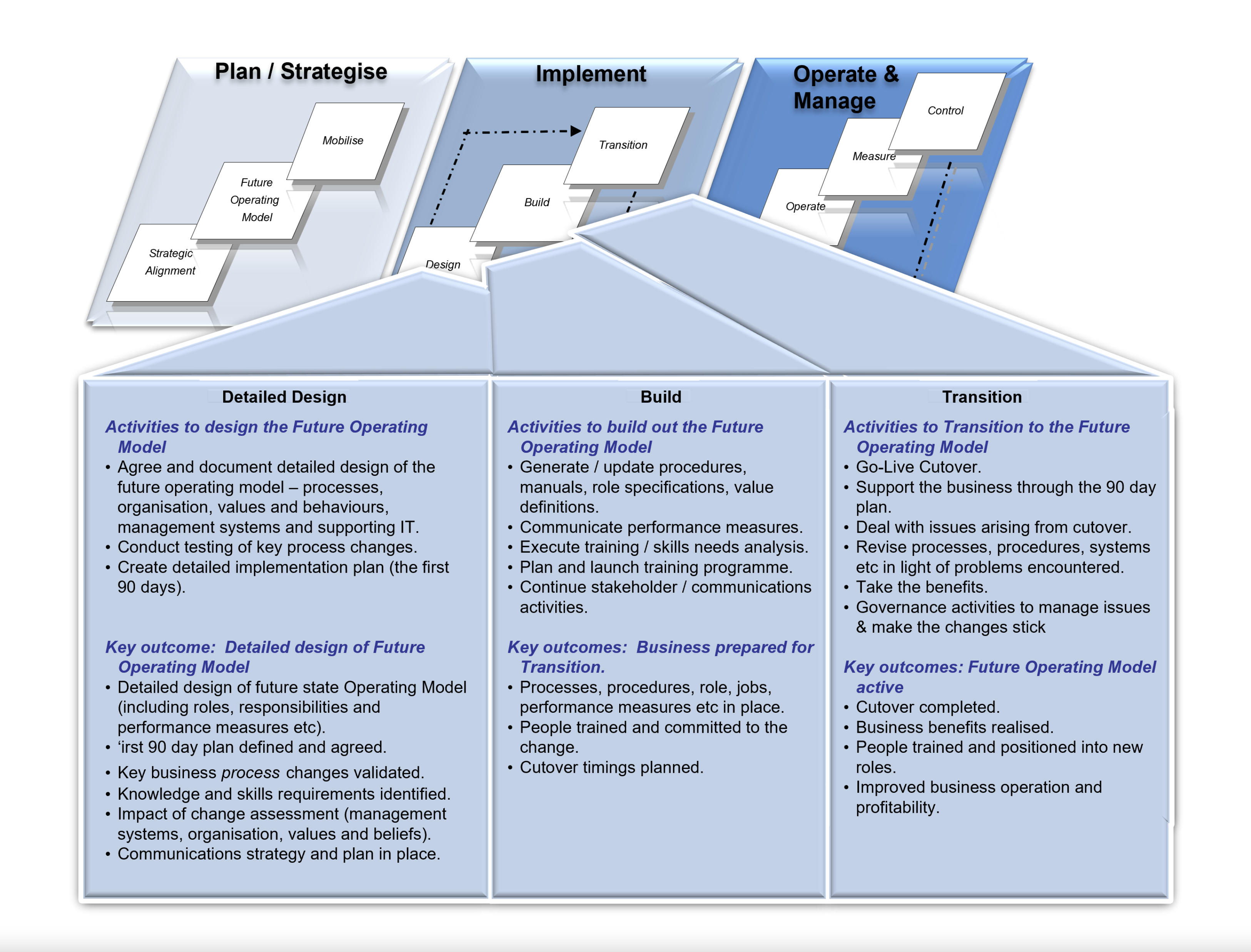A customer in the pharmaceutical industry had decided to change their ITSM toolset – the current one was coming to end of life, was cumbersome, heavily customised, and was not helping to deliver the service quality users were demanding. At the same time they wanted to set up a Design Authority which would sit above all of their internal teams and their IT providers to be the “guide rails” to support standardisation and compliance.
The customer has already gone through a tool selection and had chosen BMC as the platform for delivering core service desk and ITIL processes. They were looking to add discovery and event management tools and the search was actively underway with the leading providers. What they discovered very quickly was that vendors were “shoe horning” their own products into an architecture which had rapidly become a highly complicated and tangled set of wire diagrams which, although everyone in the IT groups agreed looked very pretty in the powerpoints, confused the hell out of the business, which had asked for simplification!
At the first meeting my team and I listened for over 2 hours to the different service and business leads as they presented their visions. There was a lot of change going on within the different business groups, systems being consolidated, updated and new ones being introduced as the business as a whole tried to compete and stay with the leaders in the pharma space. This change had to follow GxP guidelines and regulations, with the customer’s PMO and Compliance Office having a framework that vendors would need to fit their delivery and documentation approach into.
We told the customer that we could help them with 2 key items:
-
Setting up and running the Design Authority
-
Determining the changes to the current mode of operations and delivering on an agreed target mode of operations
When we were chosen to deliver we followed our proven approach which is shown below:
Executing Business Change
This falls within our overall Transformation Framework. We’ve assessed the impact to the key business domains and documented the results and highlighted the changes that are required within each. Our aim is not to introduce change just for the sake of doing so, but to recognise where new capabilities are being introduced, to check whether the existing organisation can absorb them through upskilling and training, or whether a new role needs to be stood up.
The 3 key stages of the IMPLEMENT phase are listed in the diagram on the right – Detailed Design, Build and Transition.
Throughout this program we made sure that all of the stakeholders were provided with the information they needed, and as part of the regular Design Authority meetings all risks and issues were discussed and mitigations put in place.

